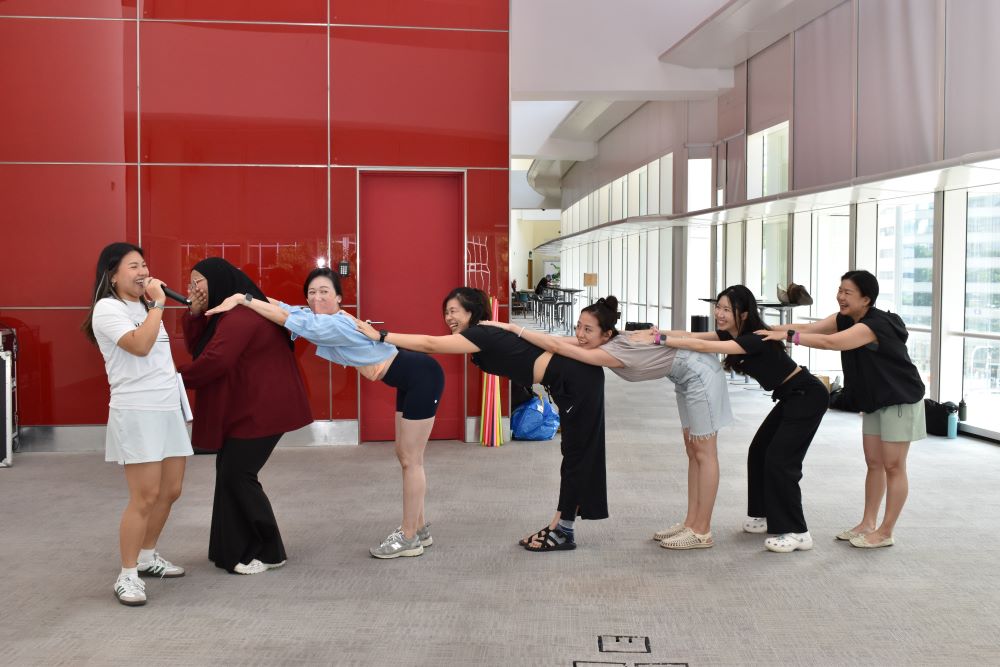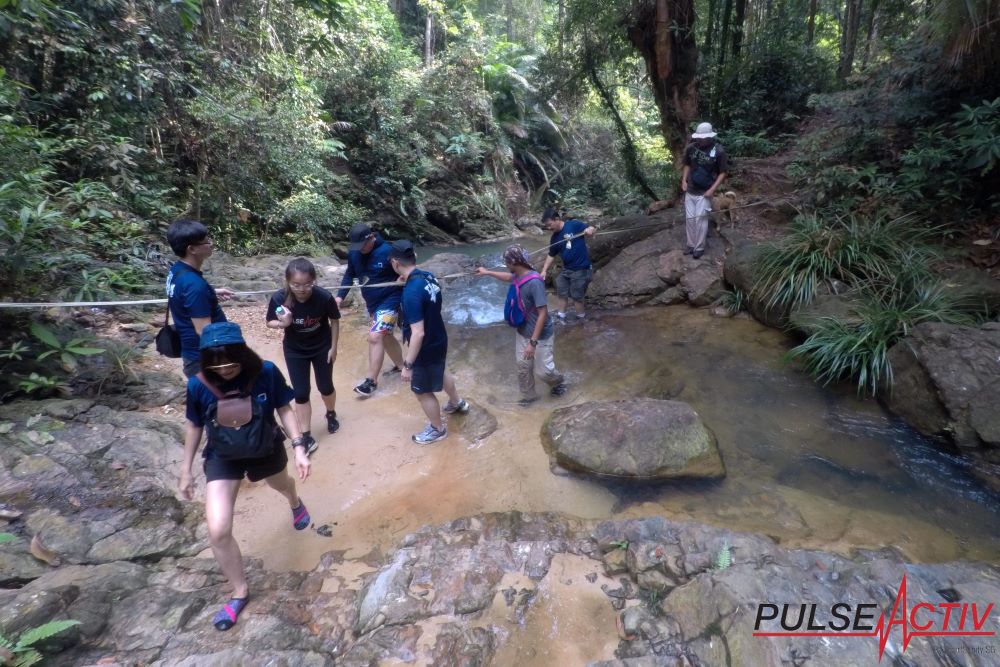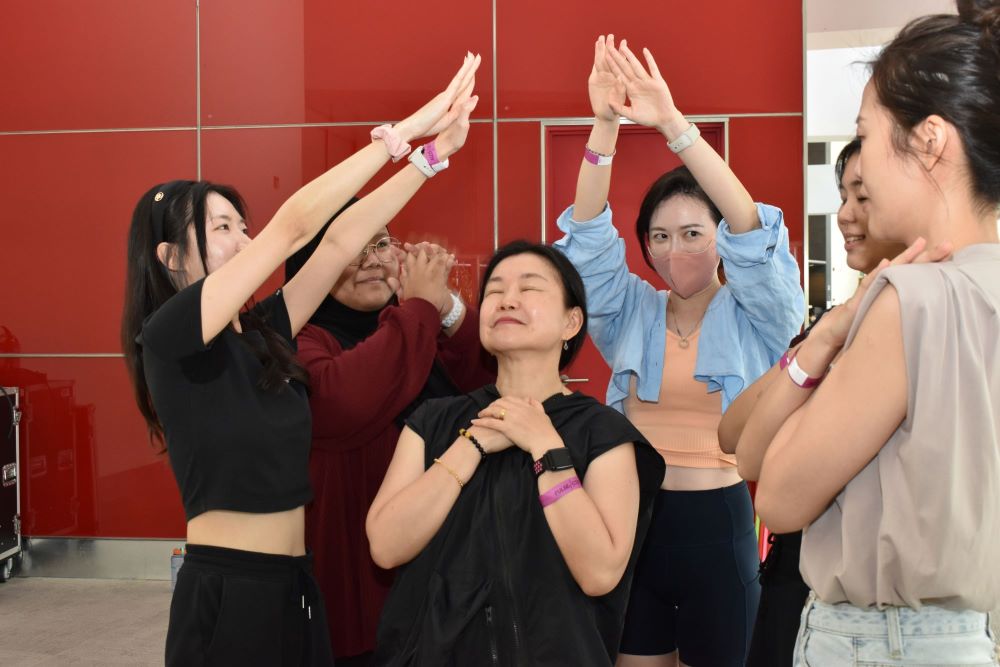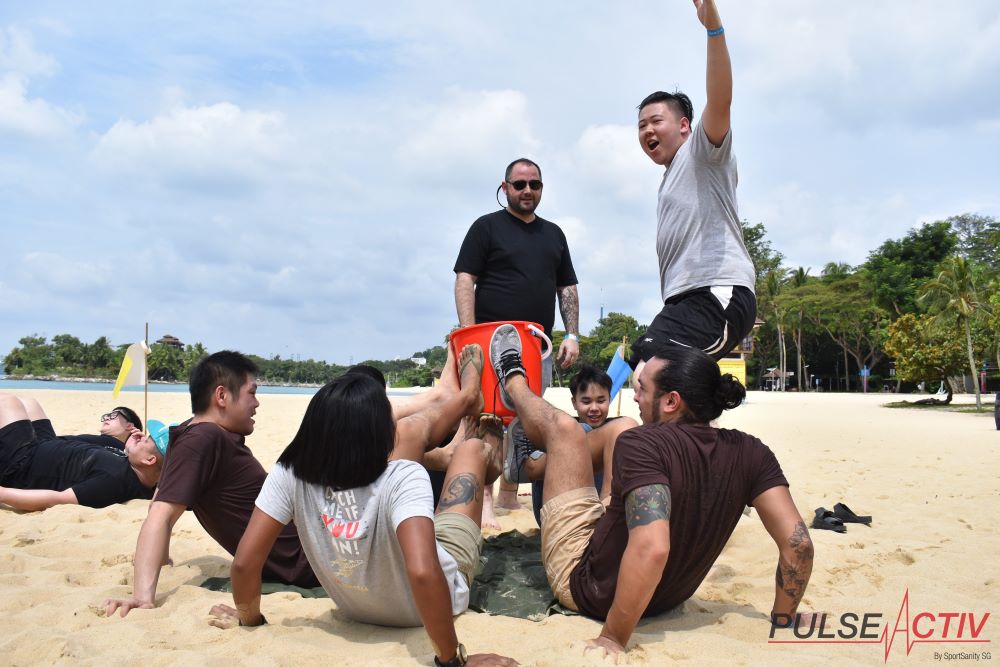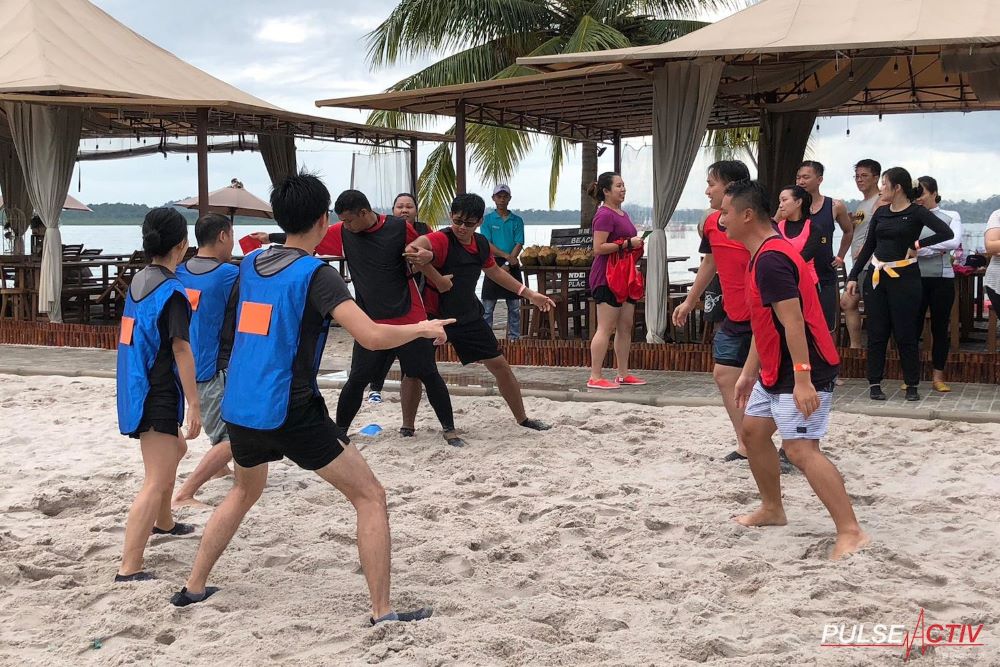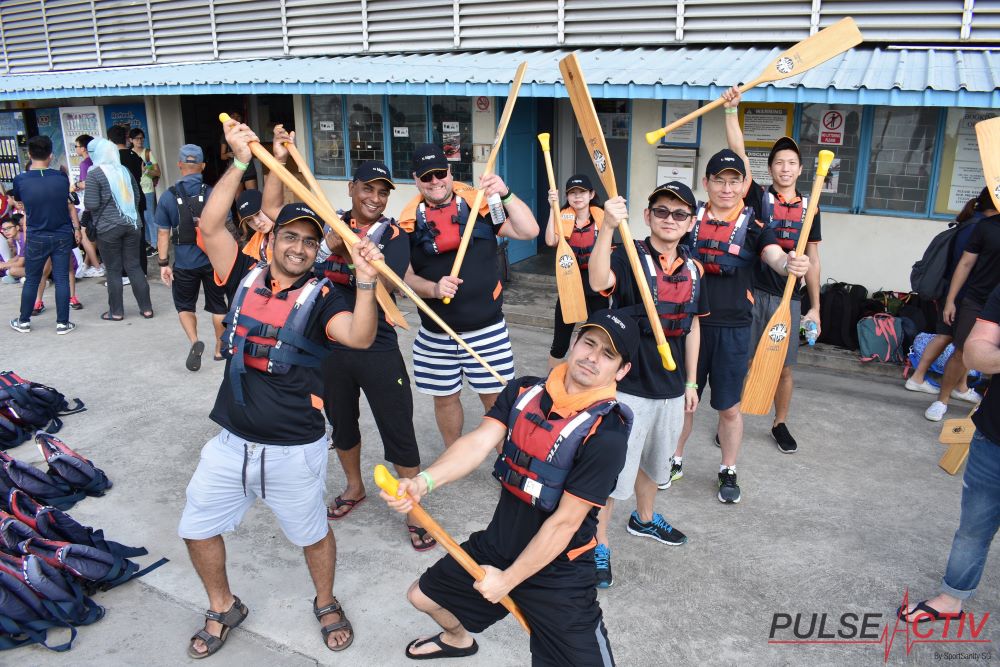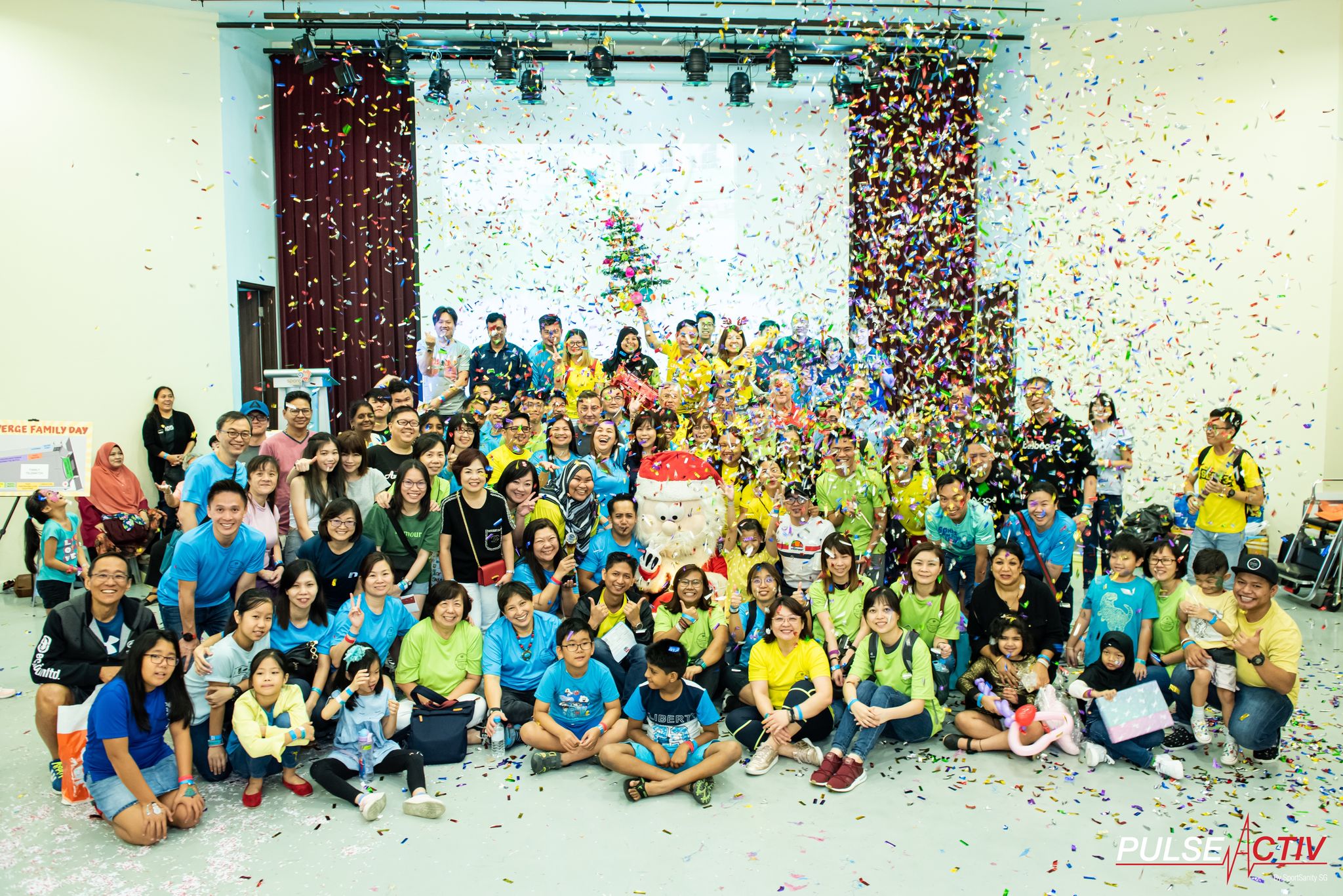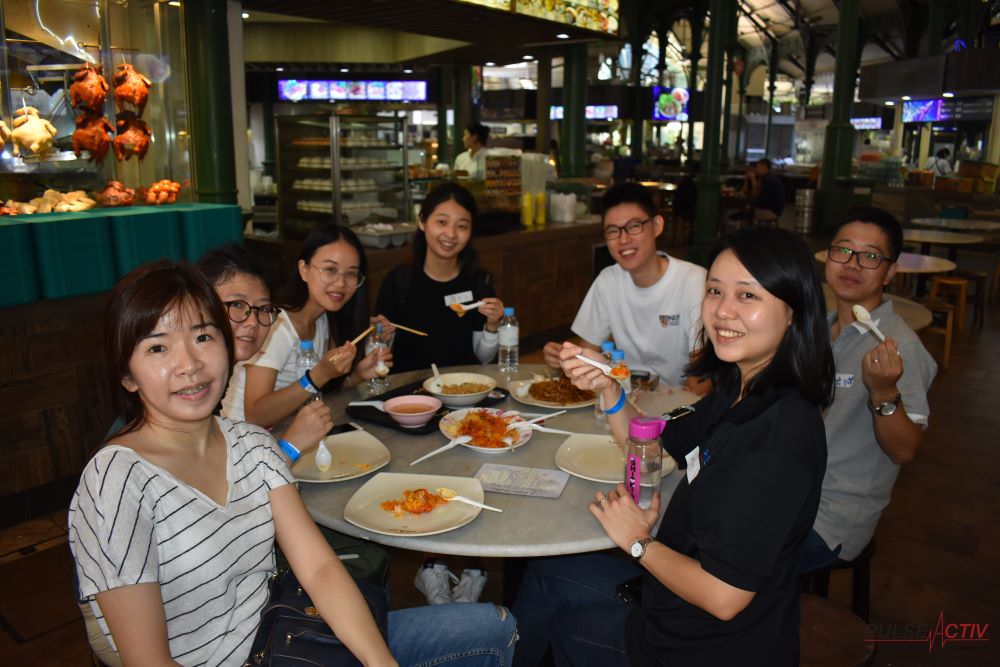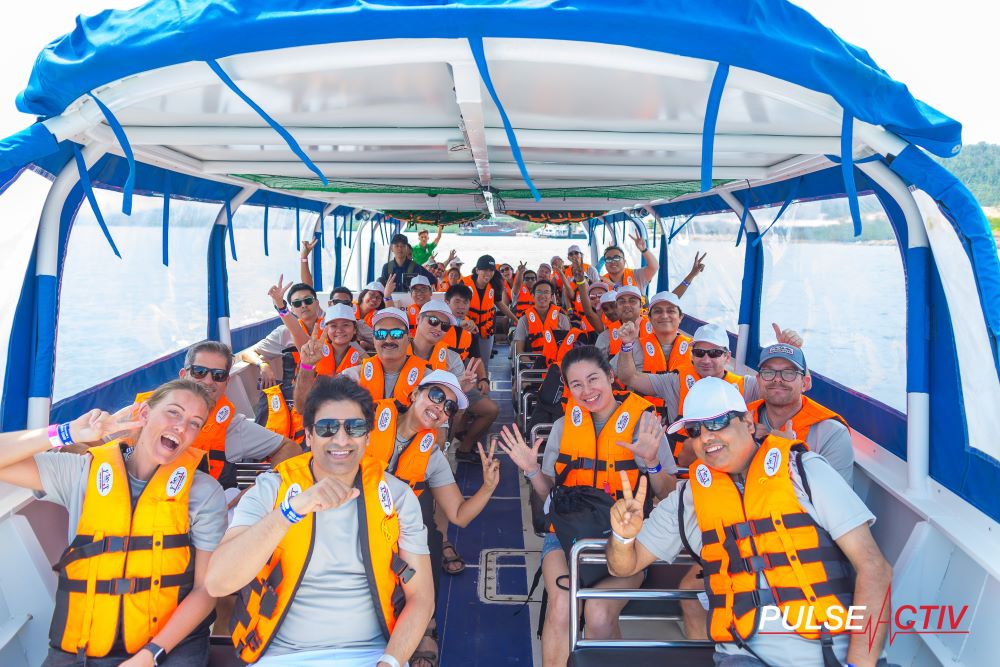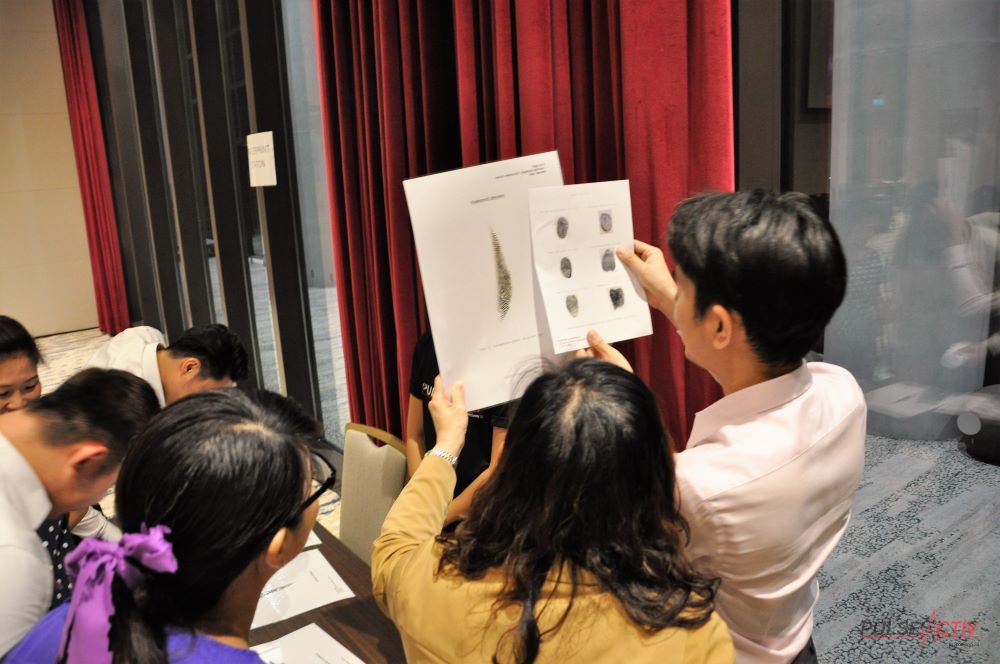Enhancing Team Collaboration Through Pilates: A Detailed Guide to Team-Building Activities
In the modern corporate world, team building has become a critical component of fostering a productive and harmonious work environment. Traditional activities like trust falls and group outings are effective, but incorporating innovative and health-oriented activities can take team cohesion to the next level. One such activity is Pilates, a form of exercise that emphasizes core strength, flexibility, and mindfulness. Integrating Pilates into team-building events can offer numerous benefits, from improving physical health to enhancing mental clarity and team collaboration. Here’s a detailed look at how Pilates can be used as a powerful team-building tool.
Understanding Pilates
What is Pilates? Pilates is a low-impact exercise regimen developed by Joseph Pilates in the early 20th century. It focuses on strengthening the core muscles, improving flexibility, and promoting overall body awareness. The exercises are performed on a mat or specialized equipment, emphasizing controlled movements and proper breathing techniques.
The Synergy Between Pilates and Team Building
Physical Well-being and Team Dynamics: Engaging in Pilates as a team-building activity helps participants improve their physical health, which in turn can lead to better productivity and morale at work. A healthy team is more energetic, focused, and capable of handling stress.
Mental Clarity and Communication: Pilates promotes mindfulness and mental clarity. As team members learn to focus on their breathing and movements, they also develop better concentration and communication skills. This mindfulness can translate into clearer, more effective communication in the workplace.
Benefits of Pilates for Team Building
1. Enhanced Physical Health
Core Strength: Pilates is renowned for its ability to strengthen the core muscles, including the abdominals, back, and pelvic floor. A strong core not only supports better posture but also reduces the risk of injuries and enhances overall physical performance.
Flexibility: Regular Pilates practice improves the flexibility of muscles and joints, leading to a greater range of motion. This can reduce the likelihood of strains and sprains, making team members more resilient and less prone to workplace injuries.
Posture Improvement: Poor posture is a common issue in office settings, leading to back pain and discomfort. Pilates emphasizes proper alignment and body mechanics, helping participants develop better posture habits that can alleviate pain and increase comfort during long work hours.
2. Mental Well-being
Stress Reduction: Pilates incorporates mindful breathing and concentration, which can significantly reduce stress levels. Lower stress levels contribute to a more relaxed and focused team, capable of handling challenges with a calm and composed mindset.
Improved Focus: The mindfulness aspect of Pilates requires participants to focus intently on their movements and breathing. This heightened focus can improve concentration and cognitive function, leading to better decision-making and problem-solving abilities within the team.
Emotional Balance: Engaging in physical activity like Pilates can boost endorphin levels, promoting a sense of well-being and emotional balance. A team with a positive emotional state is more likely to collaborate effectively and maintain a supportive work environment.
3. Social and Team Dynamics
Enhanced Communication: Pilates exercises often involve partner or group work, which encourages team members to communicate and cooperate. This interaction fosters better communication skills and helps build trust among team members.
Team Cohesion: Shared physical activities create a sense of unity and collective achievement. When team members work together to complete Pilates exercises, they develop a stronger bond and a greater sense of camaraderie.
Mutual Support: The collaborative nature of Pilates promotes a culture of mutual support and encouragement. Team members learn to rely on each other for motivation and assistance, strengthening their interpersonal relationships.
PulseActiv’s Pilates Program
PulseActiv, a leading provider of corporate team building solutions, offers a specialized Pilates program designed to enhance team building and promote overall well-being. Their program is tailored to meet the unique needs of corporate teams, ensuring that participants of all fitness levels can benefit.
Expert Instructors: PulseActiv’s Pilates sessions are led by certified and experienced instructors who understand the dynamics of corporate environments. They provide personalized guidance and ensure that each participant performs the exercises safely and effectively.
Customizable Sessions: The Pilates program can be customized to fit the specific goals and preferences of your team. Whether you aim to reduce stress, improve physical fitness, or foster team cohesion, PulseActiv can tailor the session to meet your objectives.
Convenient Scheduling: Understanding the busy schedules of corporate teams, PulseActiv offers flexible timing options. Sessions can be arranged during lunch breaks, after work, or as part of a corporate retreat, making it easy to incorporate Pilates into your team’s routine.
Holistic Approach: PulseActiv’s Pilates program not only focuses on physical fitness but also incorporates elements of mindfulness and relaxation. This holistic approach ensures that participants leave the session feeling rejuvenated both physically and mentally.
Conclusion
Incorporating Pilates into your team-building activities offers a unique blend of physical fitness, mental clarity, and team cohesion. By focusing on core strength, flexibility, and mindfulness, Pilates can help your team become more resilient, communicative, and collaborative. With the expertise of providers like PulseActiv, you can ensure that your Pilates team-building program is both effective and enjoyable.
By integrating Pilates into your team-building strategy, you can create a more dynamic and supportive team that is equipped to handle the challenges of the modern workplace. Embrace the power of Pilates and watch your team flourish both physically and mentally.
To head back to read another article in our blog, click here.
